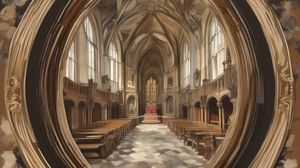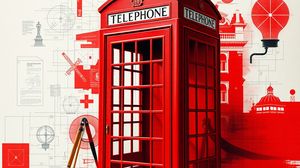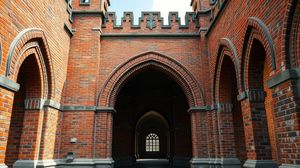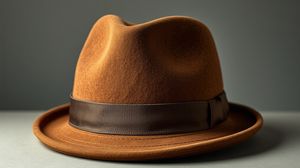
The London Library, nestled in the heart of St James's, is a private library with a rich history, having been founded in 1841. It was established by Thomas Carlyle and other literary figures who sought an alternative to the British Museum's Reading Room. Today, it is one of the world's largest independent lending libraries.
The library boasts an extraordinary collection of over one million books and periodicals, dating from the 16th century to the present day. These materials are maintained on over 17 miles of open-access shelves, inviting members to browse and discover at their leisure.
Unlike traditional libraries, The London Library operates under a unique policy where books can be borrowed by members, often dating back several decades or even centuries, thus allowing prolonged and unique access to an array of intellectual works that might ordinarily be confined to reference-only use in other institutions.
Famous figures such as Charles Dickens, Virginia Woolf, and Bram Stoker have all been members of The London Library. Bram Stoker's membership is particularly noteworthy; it is said that while researching for 'Dracula,' he discovered accounts of his infamous character in the library's extensive collection of Eastern European folklore.
The London Library's building itself is a fascinating blend of architectural styles, having undergone several renovations and expansions over the years. This blend of old and new provides a charming and slightly labyrinthine space for its members to explore.
One of the more curious aspects of the library is its classification system. Unlike the Dewey Decimal or Library of Congress systems used by most libraries, The London Library's unique classification system can sometimes yield surprising discoveries, with subjects ranging from 'Science and Miscellaneous' to 'Topography.'
Membership at The London Library is open to everyone and offers access to its unrivaled collections and quiet reading spaces. It provides an invaluable resource for writers, researchers, and anyone with a passion for literature and knowledge.
The library's strong literary connections continue today, frequently hosting events, workshops, and lectures meant to stimulate discourse and foster a vibrant community of book lovers and intellectuals.

Making the Most of Your Visit:
If you're planning a visit, it's a good idea to familiarize yourself with their unique classification system. It can be a bit of a puzzle at first, but once you get the hang of it, you'll find your explorations can lead to some delightful serendipities.
Try to take a guided architectural tour if it's available during your visit. The building itself is a blend of history and design, having expanded over decades, resulting in some very interesting nooks and spaces to discover.
Don't miss the specific room dedicated to Bram Stoker, if it's part of the tour or exhibition. Given his connection to the library, it's an intriguing place for Dracula fans to learn more about his research and literary journey.
Spend some time in one of the reading rooms. They offer a peaceful retreat right in the heart of London, perfect for diving into a book or simply soaking up the tranquil atmosphere.
If you're a book lover or researcher, consider attending one of their events or lectures. It's a brilliant way to connect with like-minded individuals and participate in stimulating discussions.

Visiting Times & Costs:
Opening Times:
- The London Library is primarily a membership library, and access is generally restricted to members and their guests. However, tours and certain events may be open to the public at specific times. It is advisable to check ahead for any public access days or tours.
Cost:
- Admission is generally restricted to members. There may be fees for membership or specific events, so it is best to inquire about costs directly if you are planning a visit.
Accessibility:
- The London Library endeavors to be accessible to all visitors. However, due to the age and layout of the building, there might be some accessibility challenges. There are various facilities in place to aid access, and it is recommended to contact the library in advance to discuss specific access requirements.

Address & Map:

Nearby:























